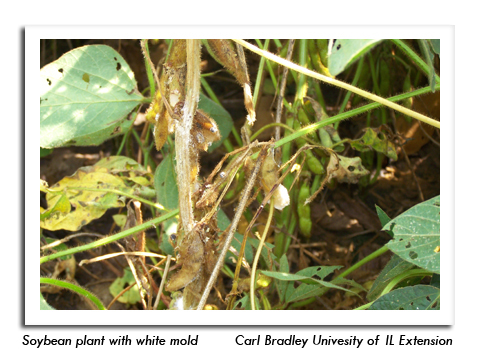Krista Hamilton, DATCP Entomologist
SOYBEAN APHID - Densities in soybean fields surveyed from July 10-16 were very low at less than eight aphids per plant. A consultant's report indicates an exceptional site north of Prairie du Sac in Sauk County qualified for treatment on July 11 (250 aphids per plant), suggesting that aphid pressure is intensifying in a few individual fields. Chemical treatment has not been justified for any soybean field surveyed by DATCP so far this season, but this may change in the next 2-3 weeks. Monitoring efforts should be increased in all areas of the state as soybeans develop through the early reproductive growth stages when aphid populations usually peak.
JAPANESE BEETLE - Low numbers of this beetle and the sand chafer (also known as the spring rose beetle) were feeding on soybean foliage in Columbia, La Crosse and Richland counties. Defoliation by a combination of these scarab beetles and other soybean pests, such as bean leaf beetles, grasshoppers and various caterpillars, should not be allowed to exceed 30% prior to bloom (R1) or 20% between bloom and pod fill (R1-R6).
WHITE MOLD - This soybean disease could become severe if conditions conducive to its development continue. Cool, cloudy weather and surplus soil moisture promote growth and pathogenicity of the white mold fungus, especially when these conditions occur during the two weeks prior to peak flowering. Scouting at canopy closure for tan, mushroom-like apothecia on the soil surface is recommended. Fungicides can suppress disease development if applied at or close to R1 (plants have at least one open flower at any node), with diminishing effectiveness by R3 and beyond. Once white mold symptoms are evident, fungicides will have no effect on reducing its severity.



Source : wisc.edu